Sequoia National Park is located in the central part of California just east of the midpoint. The park covers an area of 631.3 square miles (1,635 sq km). It is located directly adjacent to Kings Canyon National Park and both are almost always thought of in unison.
Collectively, the two parks deliver astounding and diverse scenery that includes canyons, caverns, adventurous foothills, stunning mountains, and the world’s largest trees. The two parks work together to create UNESCO’s Sequoia-Kings Canyon Biosphere Reserve.
The national park protects one of the most remarkable forested mountain areas anywhere in the world. The park is renowned for the massive sequoia redwoods which are the largest trees in the world and for Mount Whitney which is the tallest mountain in the lower contiguous 48 United States.
Although the sequoia trees may be experienced in either park, the largest and more complete grove of these trees is located here in Sequoia National Park. The largest tree and five of the ten largest trees are located here in Sequoia in an area of the park known as the Giant Forest.
The largest tree in the world, located in the Giant Forest, is known as the General Sherman tree. The second-largest tree in the world, known as the General Grant Tree, is located in the neighboring Kings Canyon National Park.
In addition to the tremendous sequoia forests, the park is also home to an array of amazing wildlife. Some of the species that visitors hope to see include badger, beaver, bighorn sheep, black bear, cougar, coyote, deer, fox, and wolverine. There are 11 species of woodpeckers that inhabit this never-ending land of trees.
The Generals Highway is a scenic drive that travels through and between the two national parks. It also provides access to many of the trailheads to access the sequoias in a more intimate way. Tunnel Log features a 275 foot (84 m) tall tree measuring 21 feet (6.4 m) across that fell across the road. A portion of the tree was cut out creating a tunnel and allowing cars to travel through.
Photos
Things to See
Sequoia National Park Trails
The park features an abundance of trails allowing hikers to experience the magnificent sequoia trees as well as the wilderness of the surrounding mountainous area.
Sources
- American Southwest, Sequoia National Park, https://www.americansouthwest.net/california/sequoia/national_park.html, retrieved June 2020.
- Britannica, Sequoia National Park, https://www.britannica.com/place/Sequoia-National-Park, retrieved June 2020.
- California Dream Big, Spotlight: Sequoia & Kings Canyon National Parks, https://www.visitcalifornia.com/destination/spotlight-sequoia-kings-canyon-national-parks, retrieved June 2020.
- National Geographic, Complete National Parks of the United States, National Geographic Publishing, Washington DC.
- National Geographic, Guide to the National Parks of the United States, National Geographic Society, 2003.
- National Geographic, National Parks of North America, Canada-United States-Mexico, National Geographic Society, 1995.
- National Park Service, Sequoia & Kings Canyon,, https://www.nps.gov/seki/index.htm, retrieved June 2020.
- Recreation, Sequoia & Kings Canyon, https://www.recreation.gov/camping/gateways/2931, retrieved June 2020.
- Visit Visalia, Sequoia National Park, https://www.recreation.gov/camping/gateways/2931, retrieved June 2020.
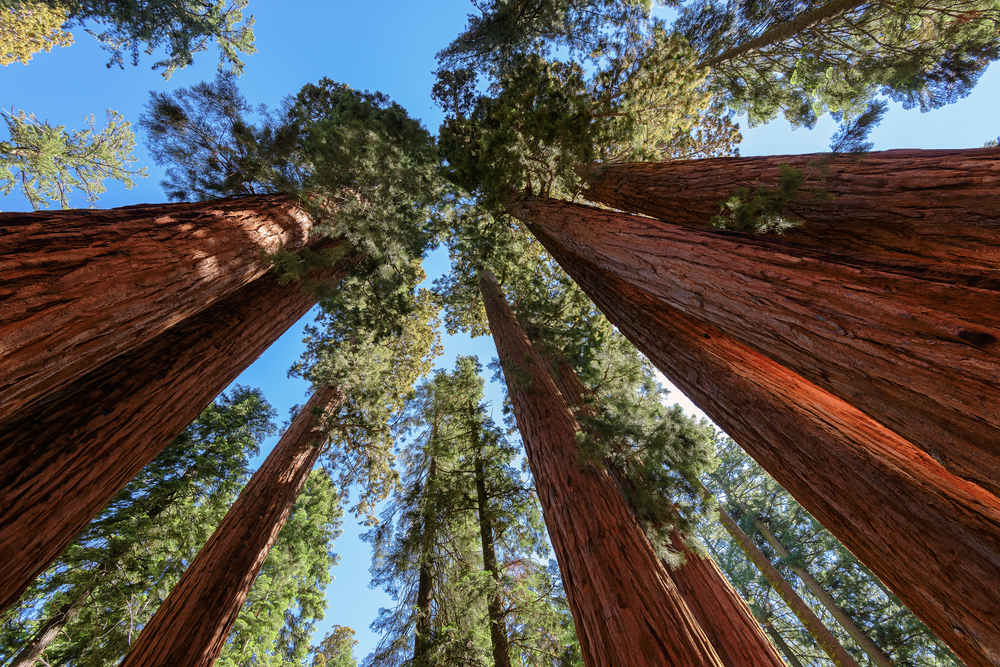


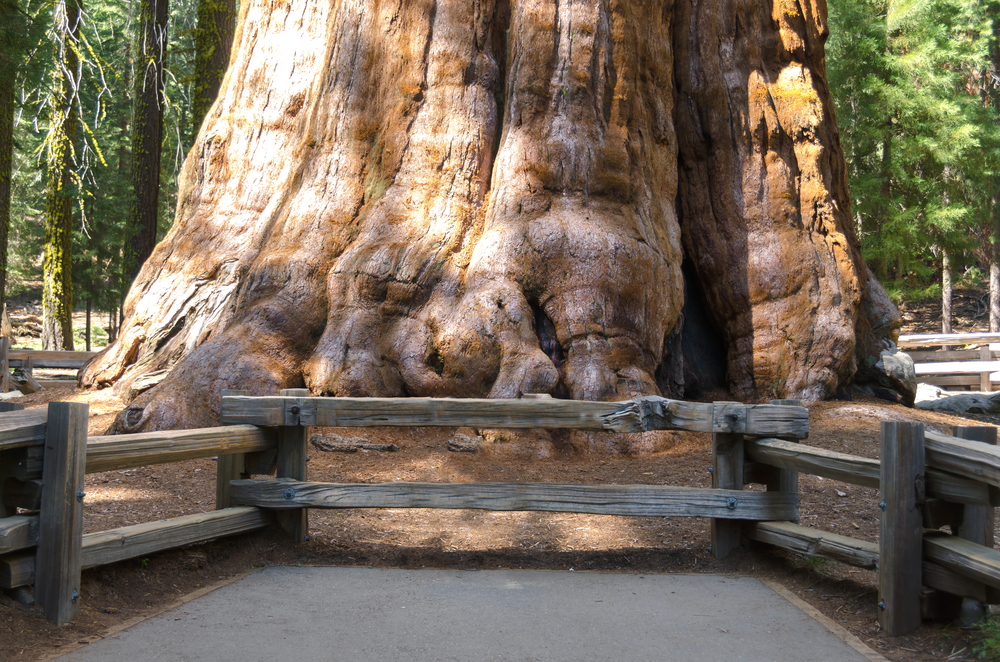
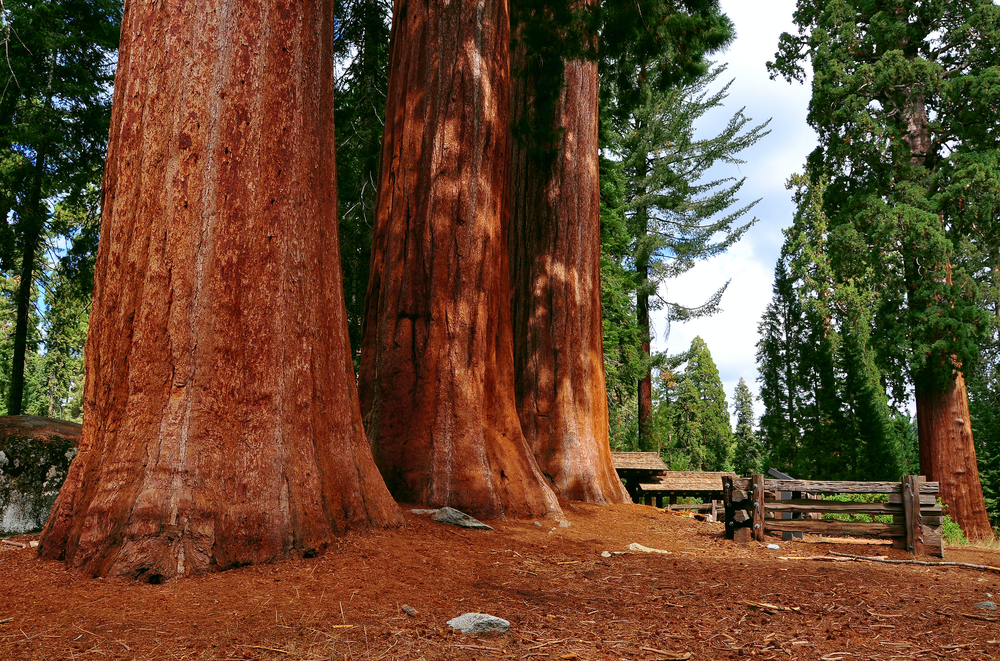
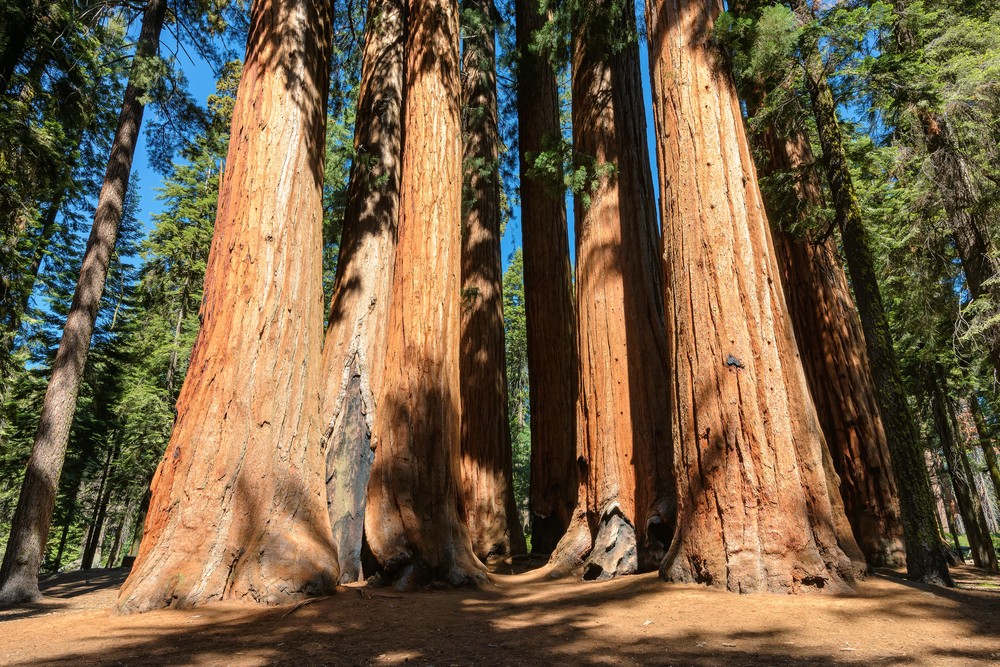
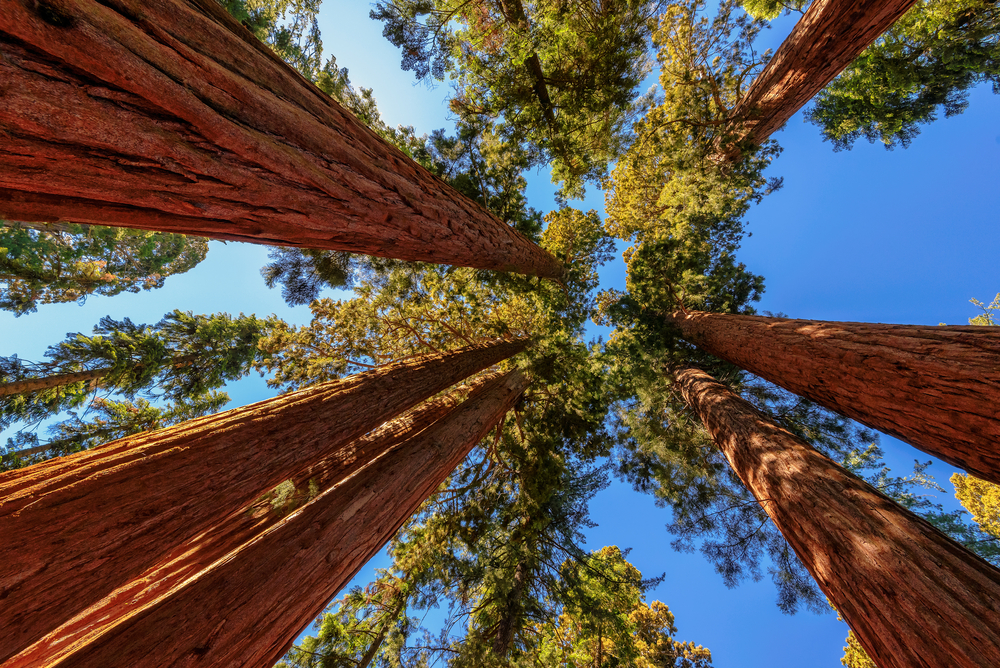
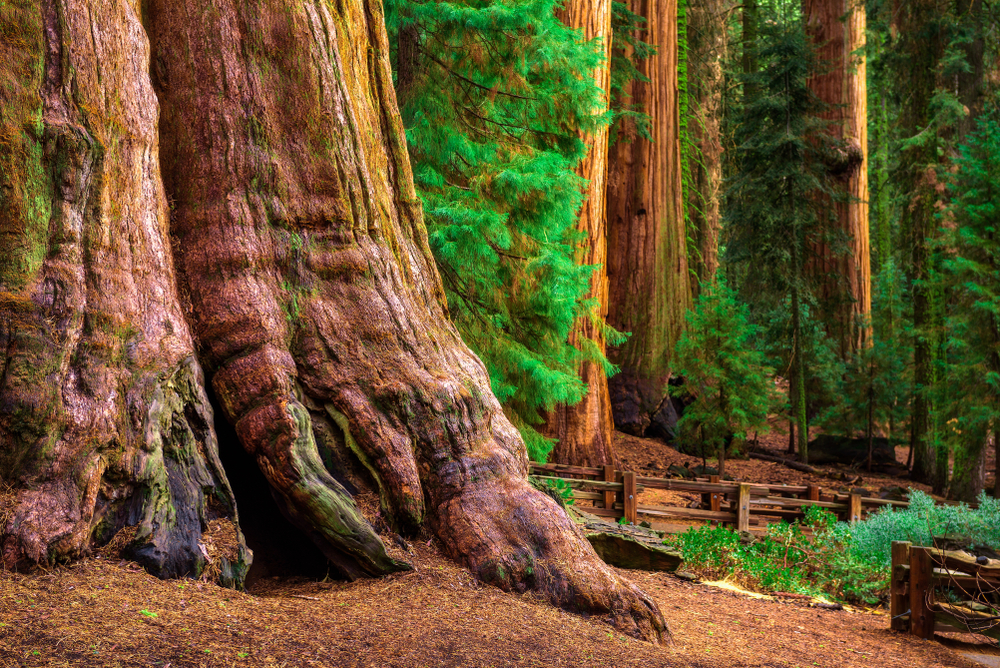
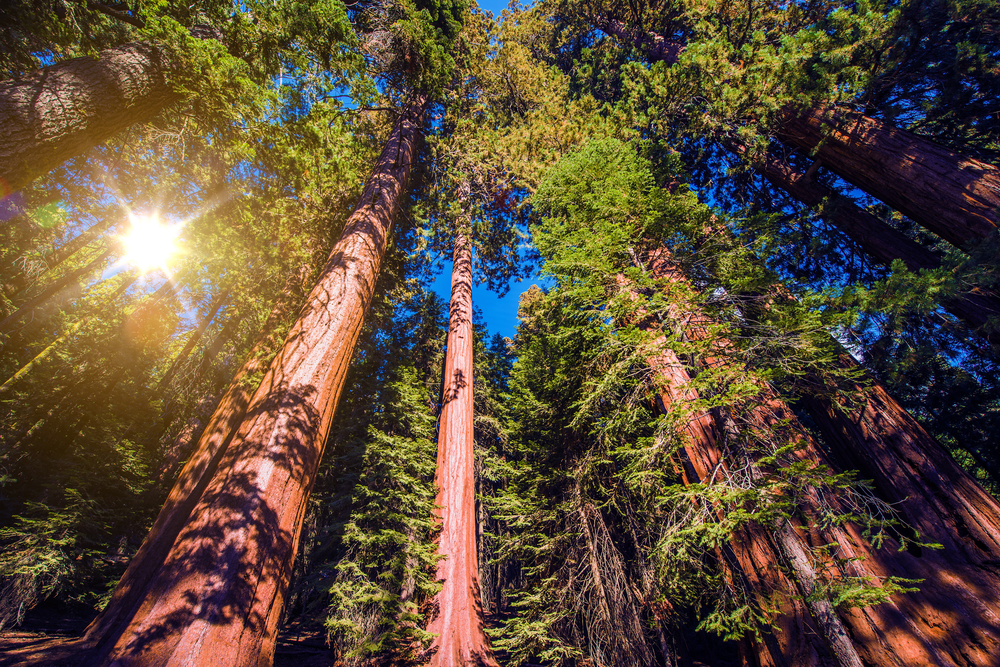
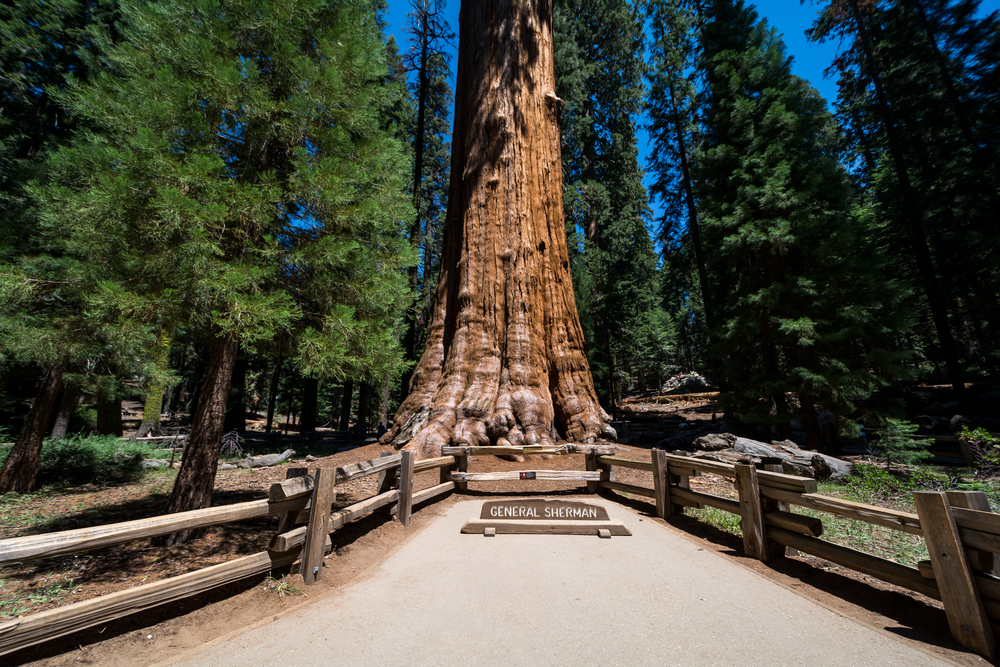
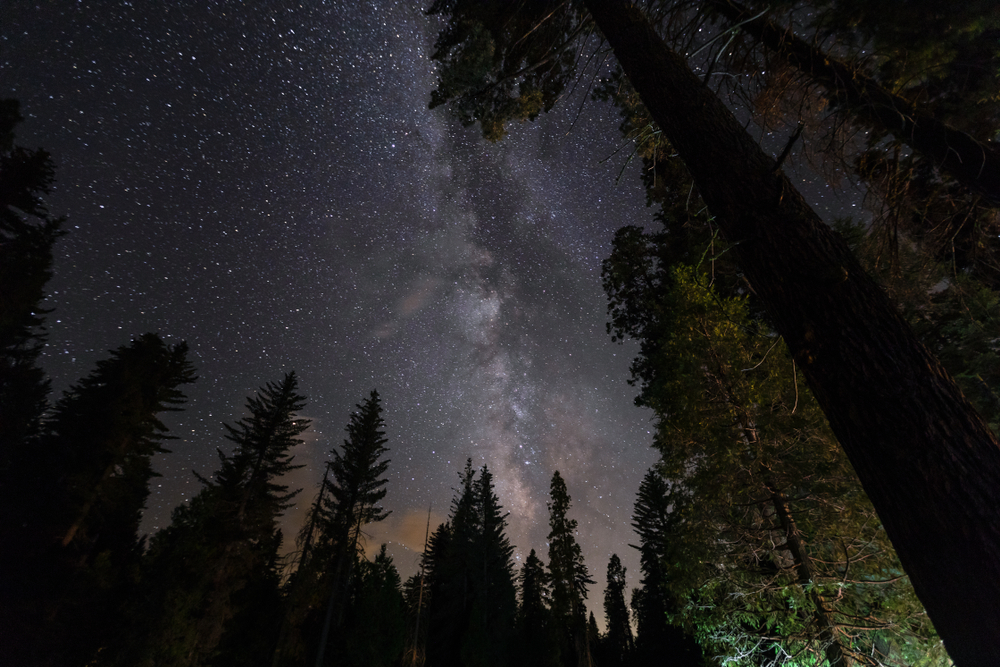
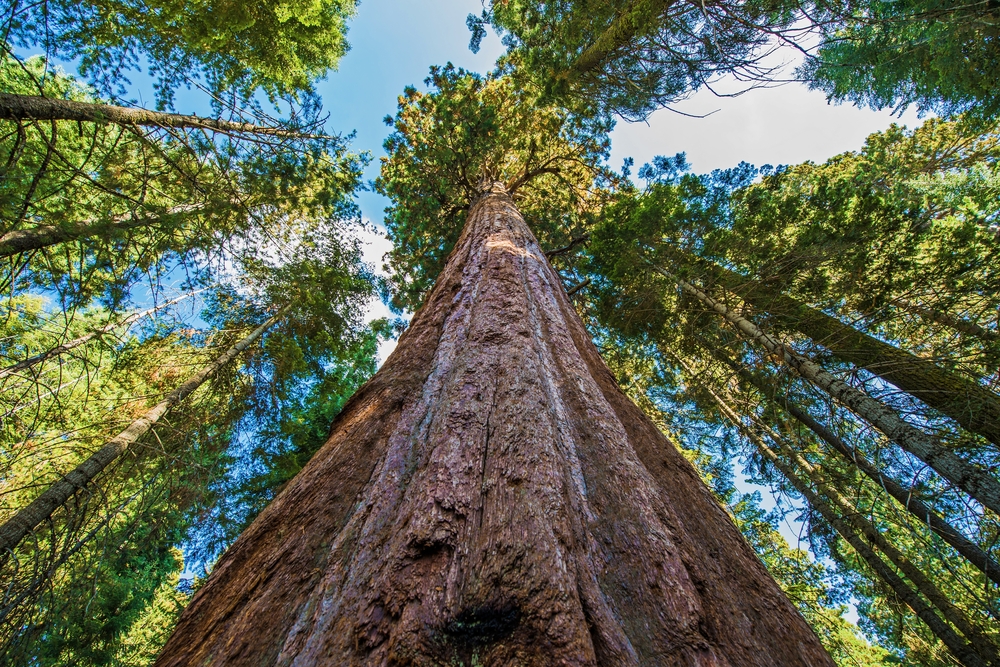
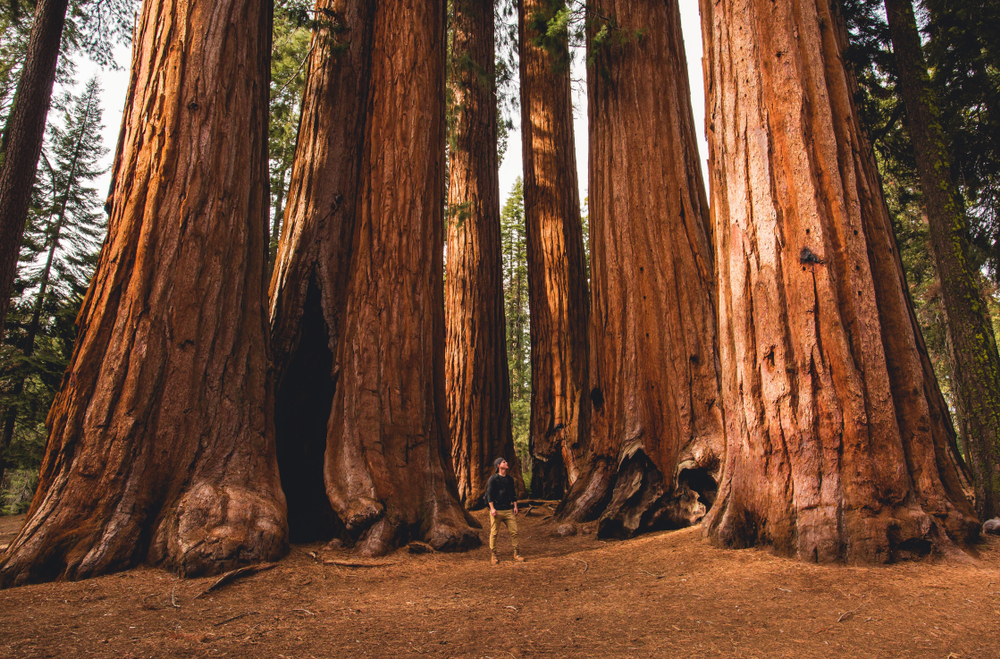
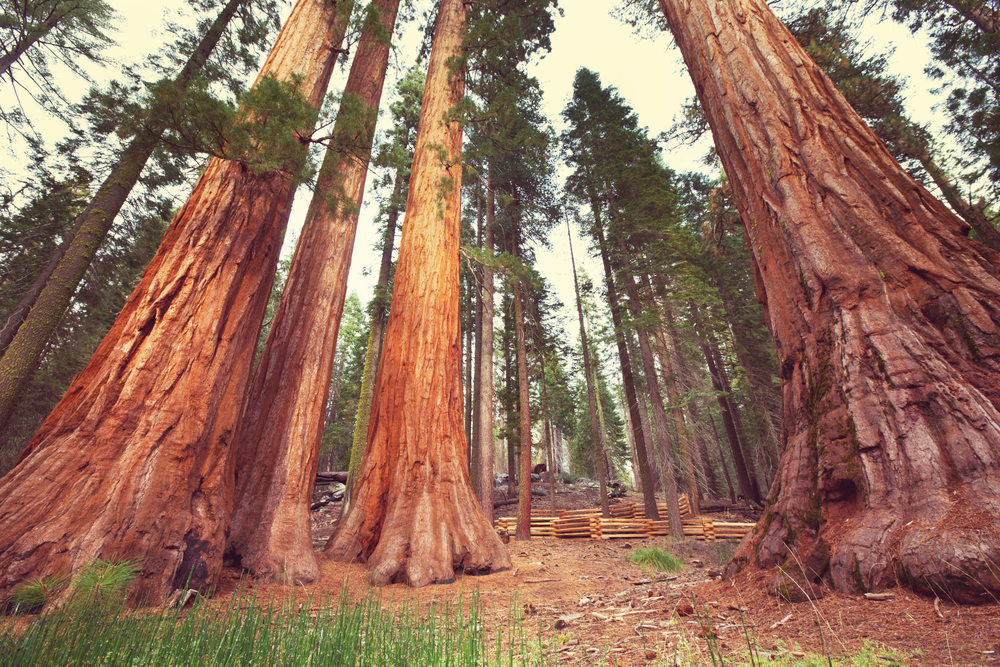
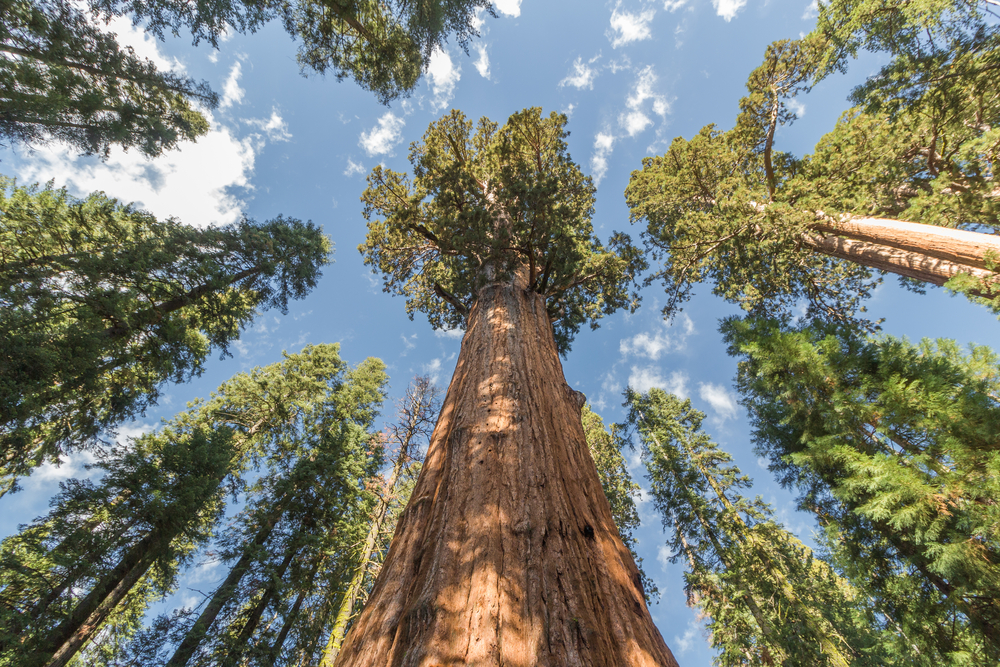
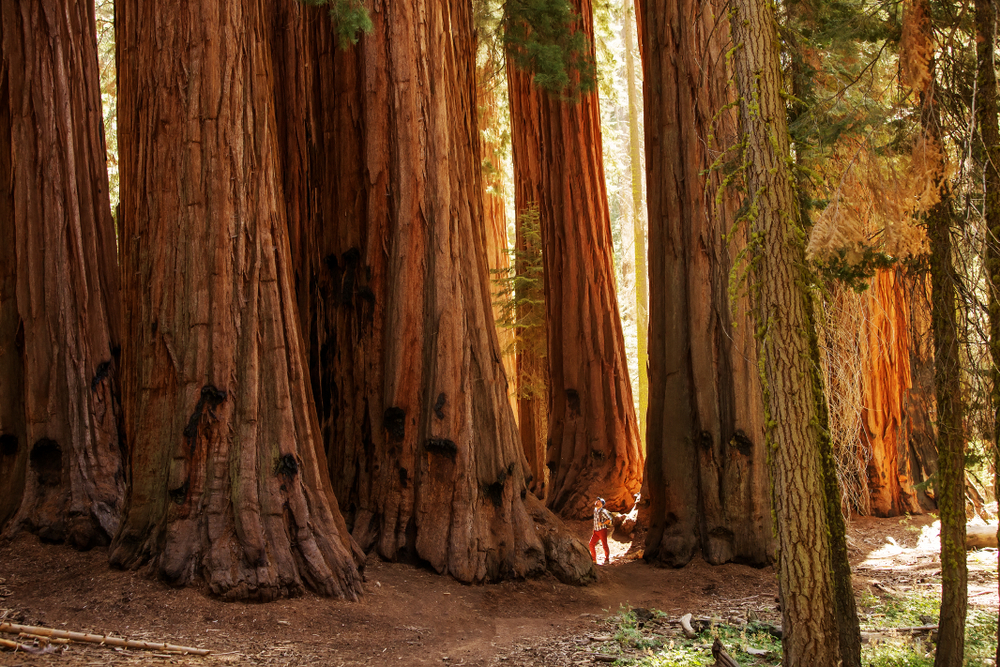
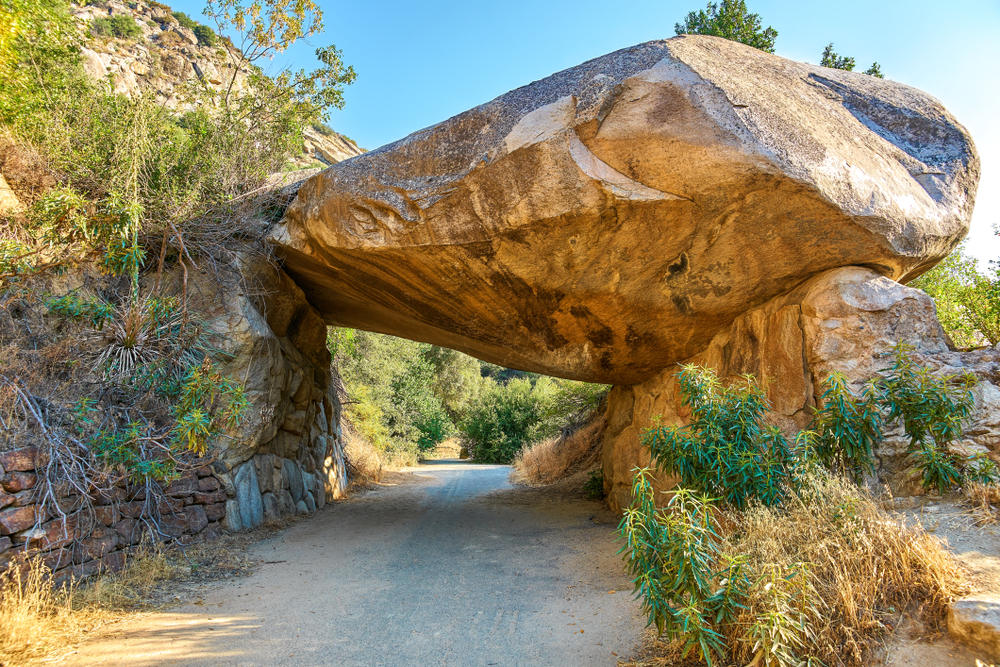
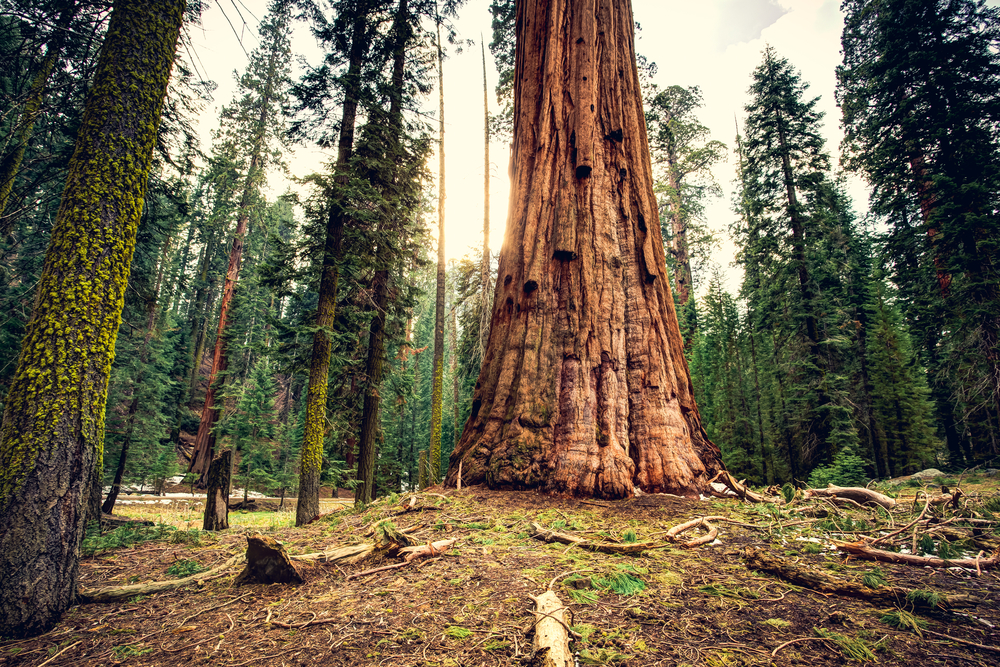
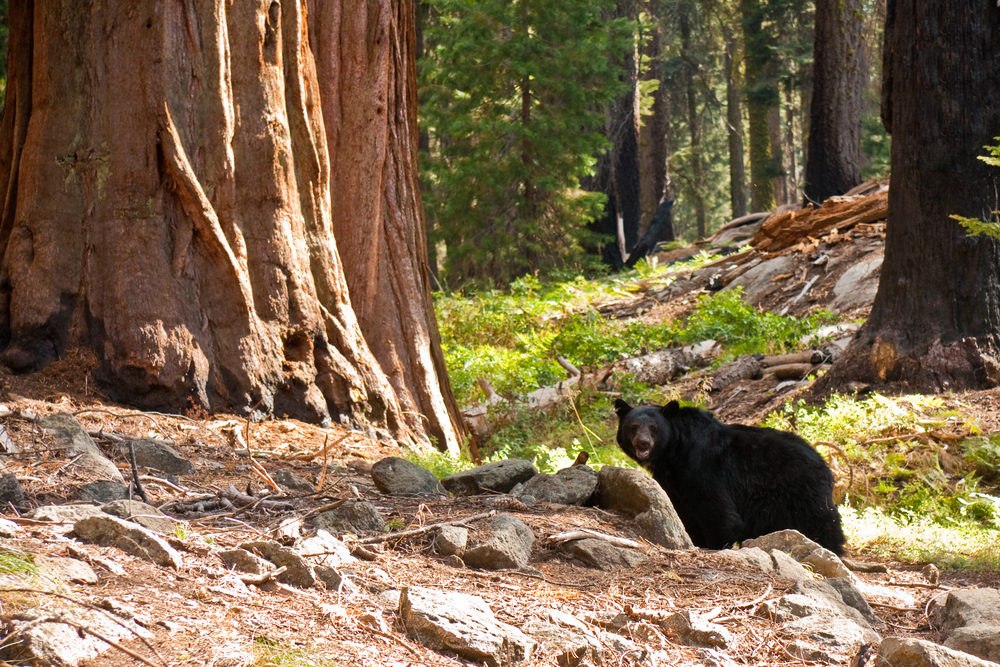
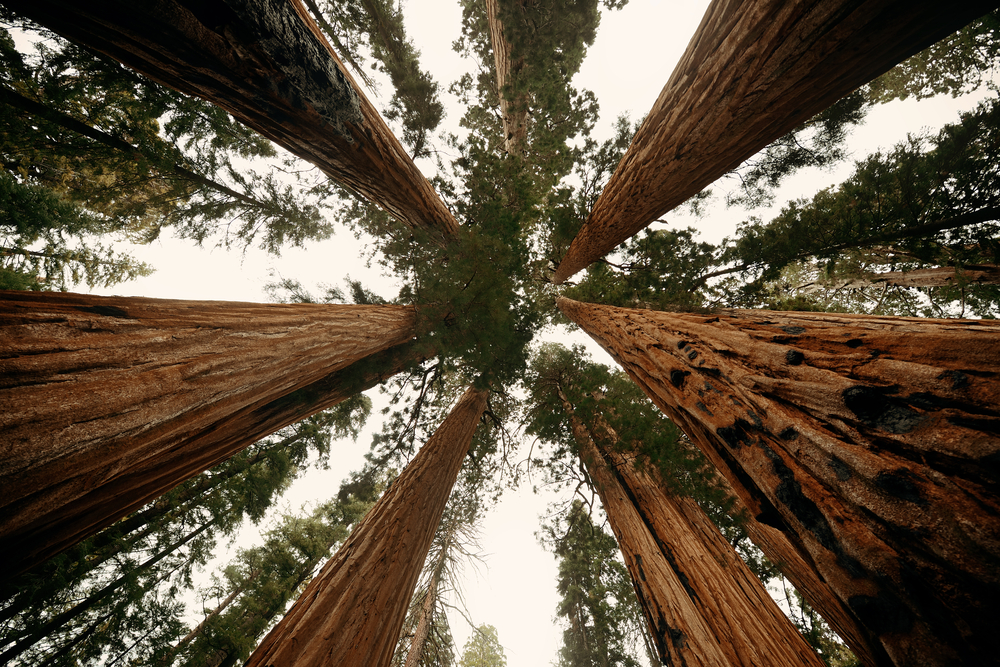
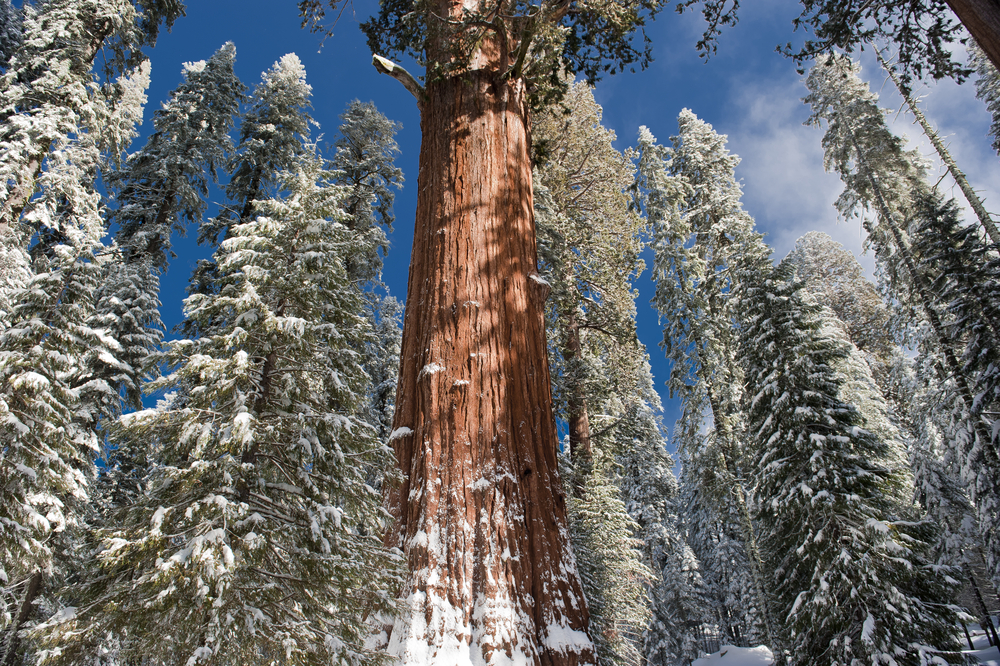
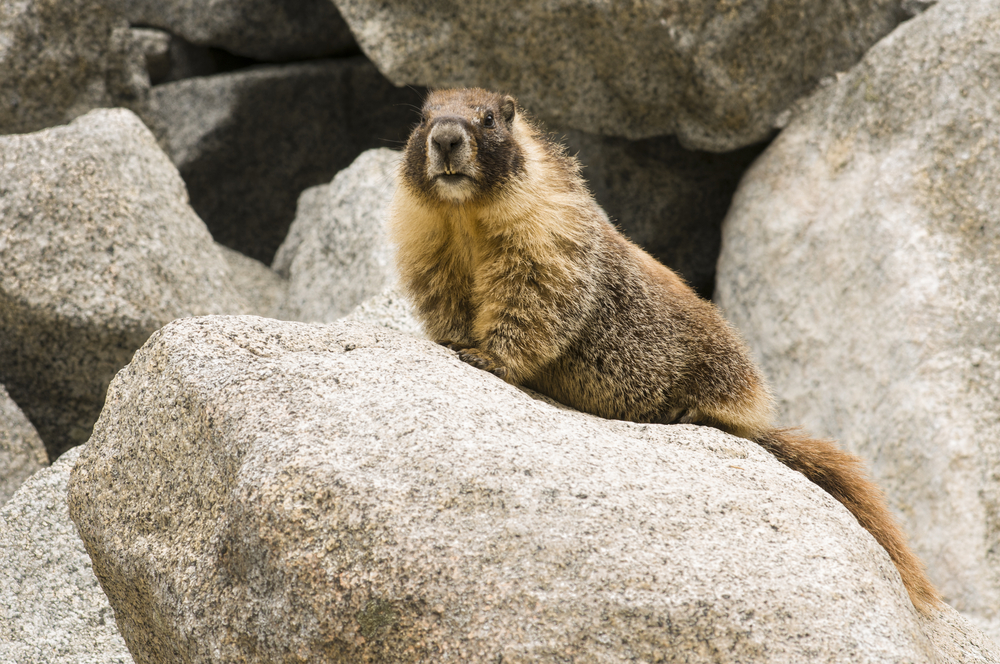
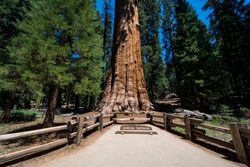 General Sherman Tree
General Sherman Tree